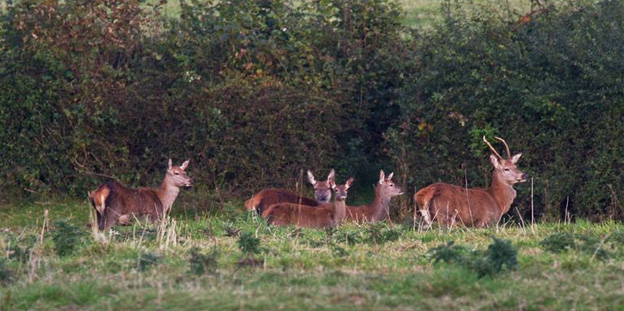Beth's Best Birdwatching Spots in South Cumbria
Peer through your binoculars -- and our guide to the best birdwatching spots in Cumbria.
Beth's Best Birdwatching Spots in South Cumbria
https://www.contours.co.uk/five-fabulous-birdwatching-spots-in-south-cumbria
By Beth Pipe
Cumbria Way gives glorious views across Morecambe Bay; the largest expanse of intertidal mudflats in the UK and one of the most important sites for migratory birds in Europe. Here are five of the best spots to take a pause from your walk and enjoy the wildlife: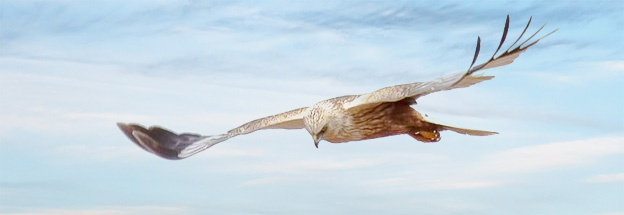
This will require a detour from the start of the Cumbria Way but it’s well worth it. South Walney Nature Reserve is owned and managed by Cumbria Wildlife Trust, and there are plenty of information boards to help you out with your bird spotting. Depending on the time of year, you could see large flocks of eider ducks with their entertaining calls or take your chances with the herring gulls during nesting season. If you’re really lucky, you might just spot a seal or two at high tide – the area is home to the only grey seal colony in Cumbria.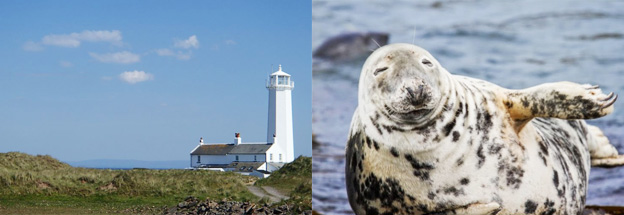
At the other end of the island is North Walney Nature Reserve, which is generally much quieter and offers stunning views north to Black Combe and the south lakes fells.
If you don’t fancy making a detour, you could always just take a wander down to Canal Foot in Ulverston near the start of the Cumbria Way. The Ulverston canal is one of the shortest in the country and leads down to Canal Foot at the end. Historically it was an important point for those crossing Morecambe Bay (once the only sensible way to access this area) and the name given to those arriving off the sands – off-comers – is still used locally for newcomers to the area. These days it’s the ideal place to pause and listen to curlews and oyster catchers – the perfect soundtrack to a quiet evening stroll.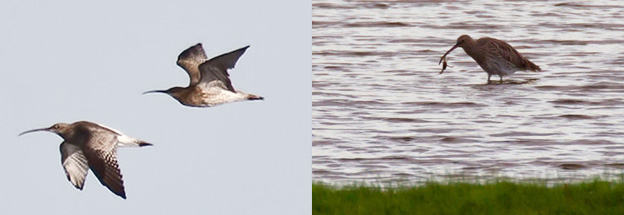
Don’t be tempted to wander out onto the sands though, however inviting they may look at low tide. Each year dozens of people are rescued from the sands around the bay as they get caught by quicksand or rapidly rising tides. If you fancy a walk out there, look for one of the many Cross Bay Walks that run throughout the summer months and raise thousands of pounds for charities.
If you’ve still got the energy as you tackle the Furness Way, Hampsfell is a stunning viewpoint. It looms large next to Cartmel, but a short steep climb will be rewarded with panoramic views over the village and out across Morecambe Bay. There’s a shelter at the summit known as The Hospice which has an old Victorian viewfinder on the top, allowing you to identify the dozens of fells along the horizon.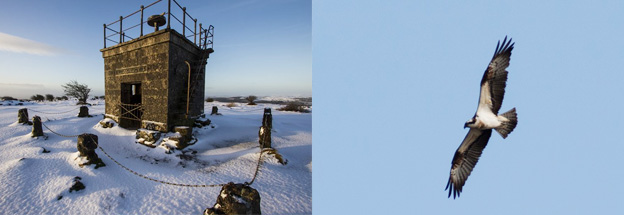
Buzzards are very common around here, but you can also see kestrels and the occasional red kite. If you’re really lucky during the summer months, you may even spot an osprey as they nest at nearby Foulshaw Moss.
Both the Furness Way and the Westmorland Way visit Arnside, and there are few finer evening strolls to be had anywhere in the UK. From the village, you can follow the path out along the estuary for as far as you feel able – or even nip up onto Arnside Knott if you’re feeling energetic. The viaduct across the estuary marks an old fording point and was opened in 1857 – it was rebuilt and strengthened in 1915 to enable it to take the weight of the munitions trains from Barrow during World War One, when it was known as “The Lifeline of Britain”.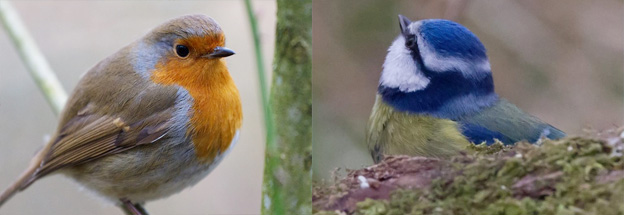
If you’re wanting something a little more relaxed, then get yourself a bag of chips from the excellent chippy and sit on one of the many benches along the prom and pier to watch the birds go by. Spring and autumn are particularly good times to visit as squadrons of bird arrive and depart at dawn and dusk.
Like Walney Island this also requires a small detour, but if you’re into your birdwatching then it’s a “must see”. Leighton Moss is one of the flagship RSPB reserves and was home to BBC’s Autumnwatch two years in a row. There are spectacular birds to see throughout the year including marsh harriers, bearded tits and bitterns, but the stars of the show are the autumn murmurations of starlings. From late October through to mid-December, when the conditions are right, thousands of birds swoop and dart together as they settle down for the night. It truly is one of nature’s greatest spectacles.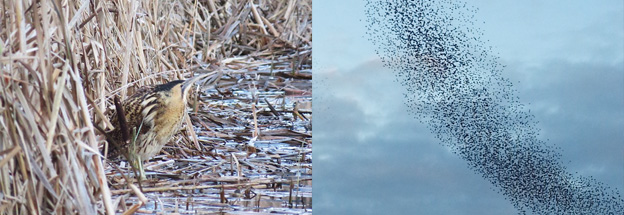
It’s not just the birds either – from many of the hides you can also see red deer moving in and out of the reed beds. There’s a beautiful stag there that you might just catch a glimpse of, and during the spring keep an eye out for the beautiful but gangly fawns tottering around. And if all of that doesn’t persuade you to visit then at least go for the homemade cakes – possibly some of the finest to be had in the whole of the North West!